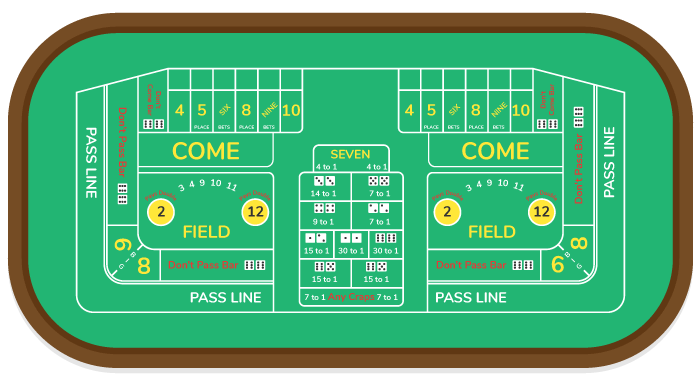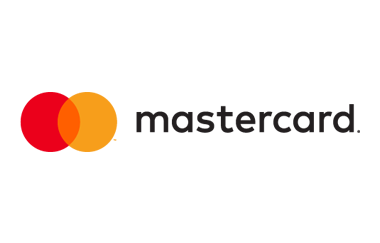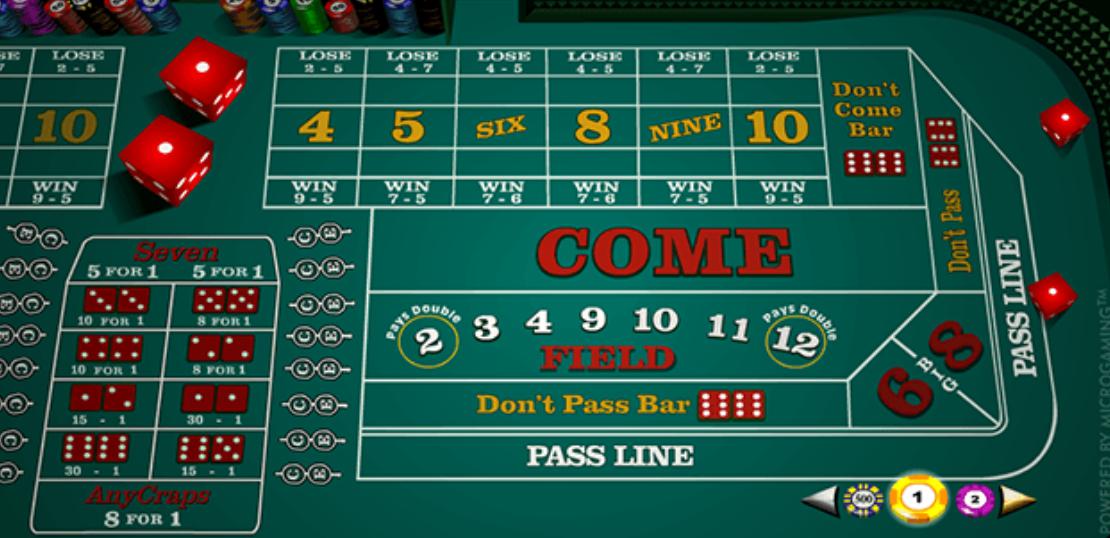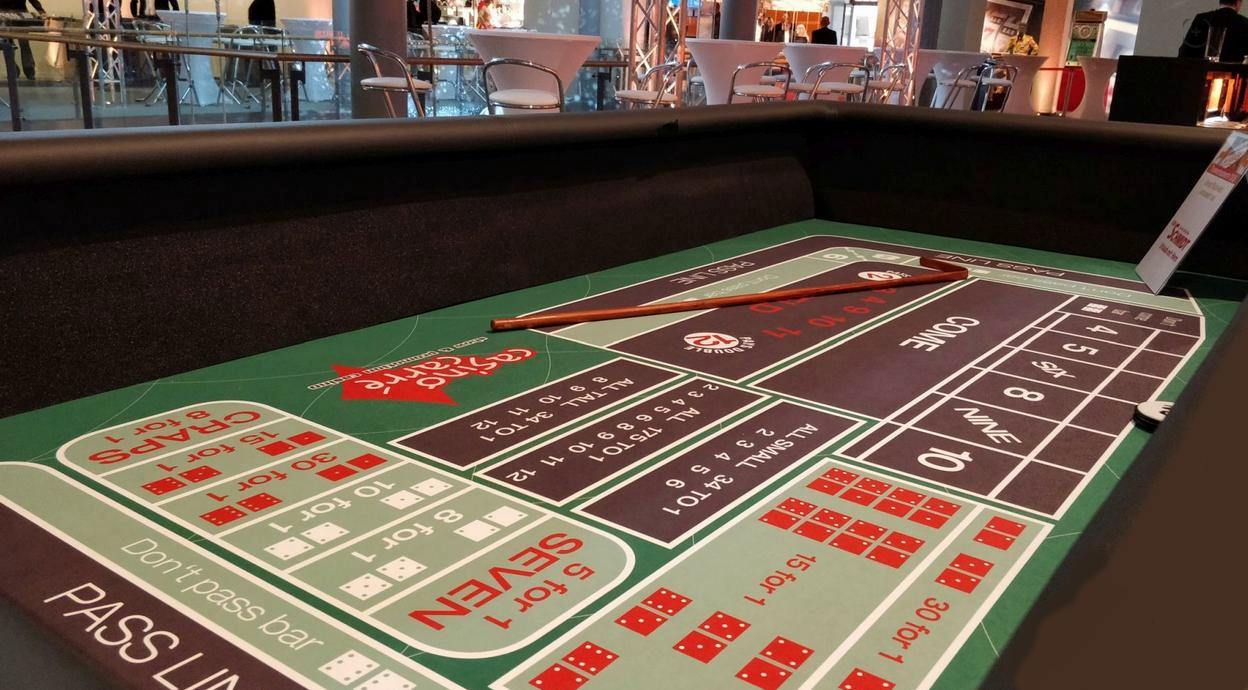
For many newcomers to the game of craps, the rules can be a little daunting. There always seems to be a lot going on with craps and the betting options can be rather confusing. So we are going to break it down into manageable chunks so that you can find your way around the online craps table with ease.
The online craps game is not a game of strategy and that's the first thing of which players should be aware. However, there are various factors that you can calculate in terms of which bets are best in order to get yourself the best payouts. As such, we're going to outline all the rules to help you maximize your payouts when playing online craps. Not knowing the rules can result in you losing a significant amount of money, which is why we're here to help.
Unlike other games, winning at craps online is not a simple case of rolling the highest number; there's a lot more to it than that. So, let's dive in and see what you need to know when you play craps for real!
Important Rules
While there are a number of different rules to consider when playing online craps, there are two main ones that you must know. Simply, these are the Pass Bet and the Don't Pass Bet. There are other betting options as well and these we've outlined under 'Most common Craps bets' below.
So, continue on to find out exactly how knowing these rules will help you in our craps game!
Aim of the game
As a starting point, the main point of the game is the bet that you place on the outcome of the roll you have made. The different bets that we've outlined above are integral to winning. But now, it's time to take a look at the process you need to do to actually play.
The basics of craps is that one player (the shooter) rolls two dice, and the players around the table bet on the outcome.
The first roll sets the stage for the rest of the game and players wager beforehand whether it will be a Pass Line or Don’t Pass Line. If the dice totals 7 or 11, players who wagered Pass Line win. If the dice total 2, 3 or 12 (referred to as “Craps”), players who bet Don’t Pass line win.
If the shooter rolled any other number that becomes a point, and players who wagered on Pass Line can now wager on the point as well as other available bets.
The shooter continues playing until either the point or 7 is thrown. If on the next roll the shooter lands the point, wins are rewarded to Pass Line bettors. Once a 7 is thrown all bets are collected and the dice is handed to a new player.
Explaining the Craps Table
As we've outlined all the different betting options and types already, let's take a look at the craps table itself. This is where many newcomers get a little overwhelmed as there are many sections to it. What you need to understand is that this is where all the betting takes place.
It does look a little illogical and chaotic though and is the reason why craps doesn't attract many new players. Part of the problem is that the layout and the names of the different sections on the table are not actually self-explanatory. So, let's go through each of these sections.
 The layout you will find on a typical craps table
The layout you will find on a typical craps table
- Pass Line - This is where you place the basic craps bet. As we mentioned, to win this you will need to roll a 7 or 11 on the first roll, or roll the point number on a subsequent roll.
- Don't Pass Bar - A bet placed here is won if you actually roll the craps number on the first roll or if you get a 7 on any subsequent rolls.
- Come - This section is where you place a bet that is essentially the same as the Pass Bet. However, you must place it before any roll apart from the come out roll (the first roll in a sequence of betting).
- Don't Come Bar - This is where you place the opposite of the Come bet, and it is similar to the Don't Pass bet.
- Field - This is a simple bet that the next roll you make will be a 2, 3, 4, 9, 10, 11, or 12.
- Place - This is where you can place a bet that one of the point numbers, which are 4, 5, 6 and 8, 9, 10, will be rolled before the shooter rolls the next 7.
- Hardaway - This section allows you to place bets on hard numbers. For example, an "easy" six could be a 4 and a 2 or a 5 and a 1. But a hard six requires that the two numbers are both 3s.
- Big 6/8 - After the come out roll, if a point is established, you can place a bet here that the next throw will land a 6 or an 8. Once you've understood and mastered all the different betting rules, and which part of the table to place them on, you're well on your way to being a craps pro! If you're to get anywhere with craps, having a good understanding of these basics is absolutely key.




























